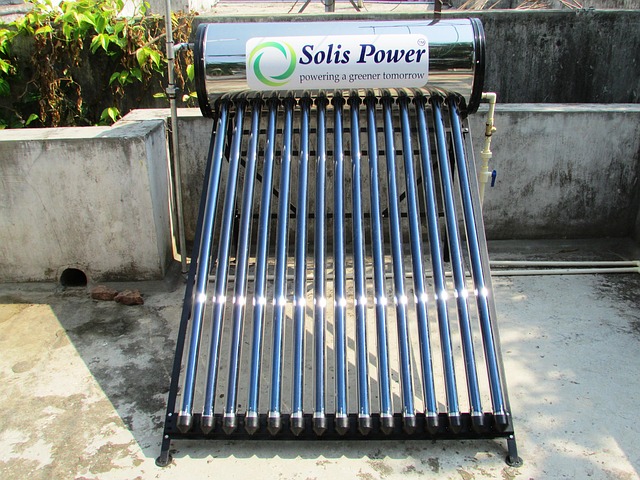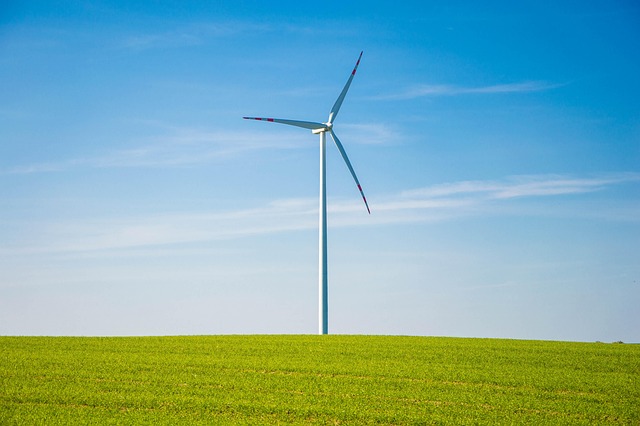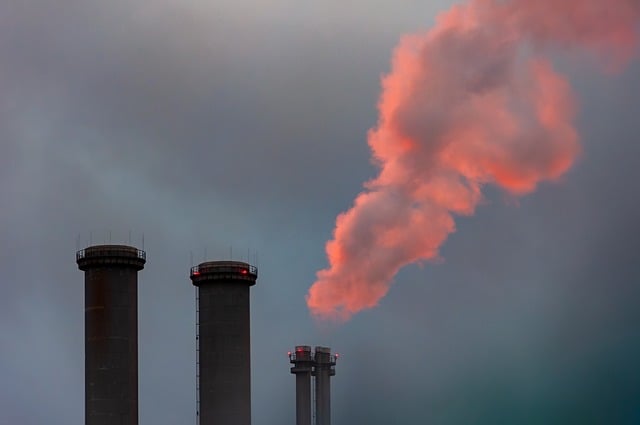Sustainable Energy Myths Debunked: Separating Fact from Fiction
As the world grapples with climate change, the discourse around sustainable energy has intensified. However, with the growing conversation comes a flurry of misconceptions that cloud understanding. It is essential to separate fact from fiction to foster informed decisions regarding energy consumption and policy-making. In this comprehensive article, we will delve into several prevalent myths surrounding sustainable energy, providing evidence-based clarifications to illuminate the truth.
Understanding Sustainable Energy
Sustainable energy refers to forms of energy sourced from renewable resources that are replenished naturally over time. Examples include solar, wind, hydroelectric, and geothermal energy. These energy sources aim to reduce greenhouse gas emissions and lessening the depletion of finite resources like fossil fuels. While the potential for sustainable energy is profound, misconceptions can hinder its development and acceptance. Let us address some common myths.
Myth 1: Renewable Energy is Not Reliable
A significant myth surrounding sustainable energy is the belief that renewable sources are inherently unreliable. Critics often point to fluctuations in energy production, particularly with solar and wind. The reality, however, is that advancements in technology have vastly increased the efficiency and reliability of renewable energy systems.
Energy storage solutions, like batteries, have improved dramatically, enabling excess energy generated during peak production to be stored for later use. Moreover, diverse energy portfolios incorporating various renewable resources help ensure stability. For example, when solar energy output decreases during cloud cover, wind energy may compensate during windy periods. With integrated grids and smart technology, the mix of renewable sources can meet demand consistently, debunking the myth of unreliability.
Myth 2: Transitioning to Sustainable Energy is Too Expensive
Many people believe that switching to renewable energy sources requires exorbitant investments that outweigh the benefits. Although initial setup costs for renewable systems can be significant, the long-term financial advantages must be highlighted.
Renewable energy technologies have seen dramatic reductions in costs over the last decade. According to the International Renewable Energy Agency (IRENA), the global average cost of solar photovoltaic (PV) electricity has dropped by 82% since 2010. Similarly, onshore wind energy costs have decreased by about 49% in the same timeframe. As renewable technologies become more commonplace, broader adoption leads to economies of scale that further decrease costs.
Moreover, widespread adoption creates jobs, enhances energy independence, and protects consumers from fluctuations in fossil fuel prices. In the long term, renewable energy proves to be a sound economic investment, countering the notion of unaffordability.
Myth 3: Sustainable Energy Cannot Meet Global Demands
A frequent argument against sustainable energy is the assertion that it cannot provide enough power to meet global demand. This myth largely stems from outdated data and inadequate understanding of current capabilities. In truth, renewable energy can meet and even exceed current energy demands.
Research conducted by various organizations, including the United Nations, suggests that a transition to 100% renewable energy is feasible. Countries like Denmark, which sources over 50% of its electricity from wind, and Costa Rica, which runs on nearly 100% renewable resources for months, demonstrate that widespread utilization is practical.
Innovations in energy efficiency, smart grids, demand-response technologies, and energy storage will be integral in meeting future demands while reducing reliance on fossil fuels. This is further corroborated by studies modeling global scenarios that show the potential to satisfy energy needs sustainably in the coming decades.
Myth 4: Renewable Energy Sources Require Too Much Land
Another myth implies that sustainable energy technologies, particularly solar farms and wind turbines, commandeer vast amounts of land, displacing wildlife and disrupting natural ecosystems. It is important to understand the landscape of energy needs and how renewables fit into it.
While large-scale renewable installations can take up significant space, sustainable energy can be integrated into urban settings, agricultural lands, and brownfield sites that are unsuitable for traditional development. Rooftop solar, for instance, utilizes otherwise unused space while allowing cities to maintain their landscapes.
Furthermore, the land use for renewable energy is often less detrimental compared to the ecological damage caused by fossil fuel extraction, such as oil drilling and coal mining. With informed planning, the deployment of renewable energy can be optimized to minimize ecological disruption while maximizing energy production.
Myth 5: Solar Panels Are Harmful to the Environment
Concerns about the environmental impact of solar panels often arise due to the mining and manufacturing processes involved. Critics argue that these processes are harmful and diminish the overall sustainability of solar energy. However, a closer examination provides clarity.
The lifecycle analysis of solar energy shows that while there are some environmental costs associated with producing solar panels, these are significantly outweighed by the long-term benefits of clean energy production. Once operational, solar panels emit no greenhouse gases. Additionally, the industry is continuously evolving; manufacturers are developing more efficient andeco-friendly production methods to minimize environmental impact.
Once installed, solar panels generate energy without any fuel costs, making them an attractive long-term investment in combating climate change when viewed in the context of their full lifecycle.
Myth 6: Wind Energy is Dangerous to Wildlife
Wind energy has been criticized for its impact on bird and bat populations, leading to the argument that it poses a significant threat to wildlife. It is essential to evaluate this claim within a broader context. Studies indicate that while wind turbines can impact wildlife, they are part of a larger picture of environmental risk.
According to the U.S. Fish and Wildlife Service, habitat destruction, climate change, and pollution from fossil fuels pose far greater threats to bird populations than wind energy. Efforts are ongoing to mitigate the impact of wind turbines through better siting, turbine design, and technology aimed at tracking and reducing avian interactions. Overall, with proper management, the benefits of wind energy in reducing carbon emissions greatly outweigh the potential risks to wildlife.
Myth 7: Nuclear Energy is Sustainable Energy
The debate over nuclear energy often blurs the lines of what constitutes sustainable energy. While nuclear power generates a low volume of greenhouse gas emissions, its reliance on finite uranium resources and the challenges associated with radioactive waste raises pertinent questions about its sustainability. Critics argue that nuclear energy is not genuinely renewable, as it does not fit the criteria of being replenished naturally.
Supporters, on the other hand, maintain that nuclear energy should be part of the transition to reduce fossil fuel dependence while renewables are developed. The reality is more nuanced; many experts suggest that sustainable energy encompasses a spectrum of technologies. While nuclear may play a role in bridging the gap, it does not meet the definition of renewable energy in the same way as solar or wind, prompting continued discussion within the energy community.
The Future of Sustainable Energy
As we debunk prevailing myths surrounding sustainable energy, it is vital to cultivate an informed perspective. Misconceptions can stall progress and hinder the implementation of effective energy policies that support the environment, economy, and societal well-being.
Education and transparency are critical in dismantling barriers to acceptance. Engaging communities in discussions about renewable energy’s benefits and addressing concerns through thoughtful analysis can empower individuals to support sustainable initiatives.
By recognizing the realities of sustainable energy, stakeholders ranging from policymakers to everyday citizens can contribute more effectively to a green energy future. In doing so, humanity can move closer to solving the pressing challenges posed by climate change and cultivate a healthy planet for generations to come.
Conclusion
In a world increasingly defined by energy consumption, understanding sustainable energy is vital to fostering responsible choices. As we debunk myths and illuminate truths, we encourage a collective commitment to transitioning towards a more sustainable future. The journey may be fraught with challenges, but embracing the realities of sustainable energy can lead us towards a more sustainable and prosperous tomorrow.



